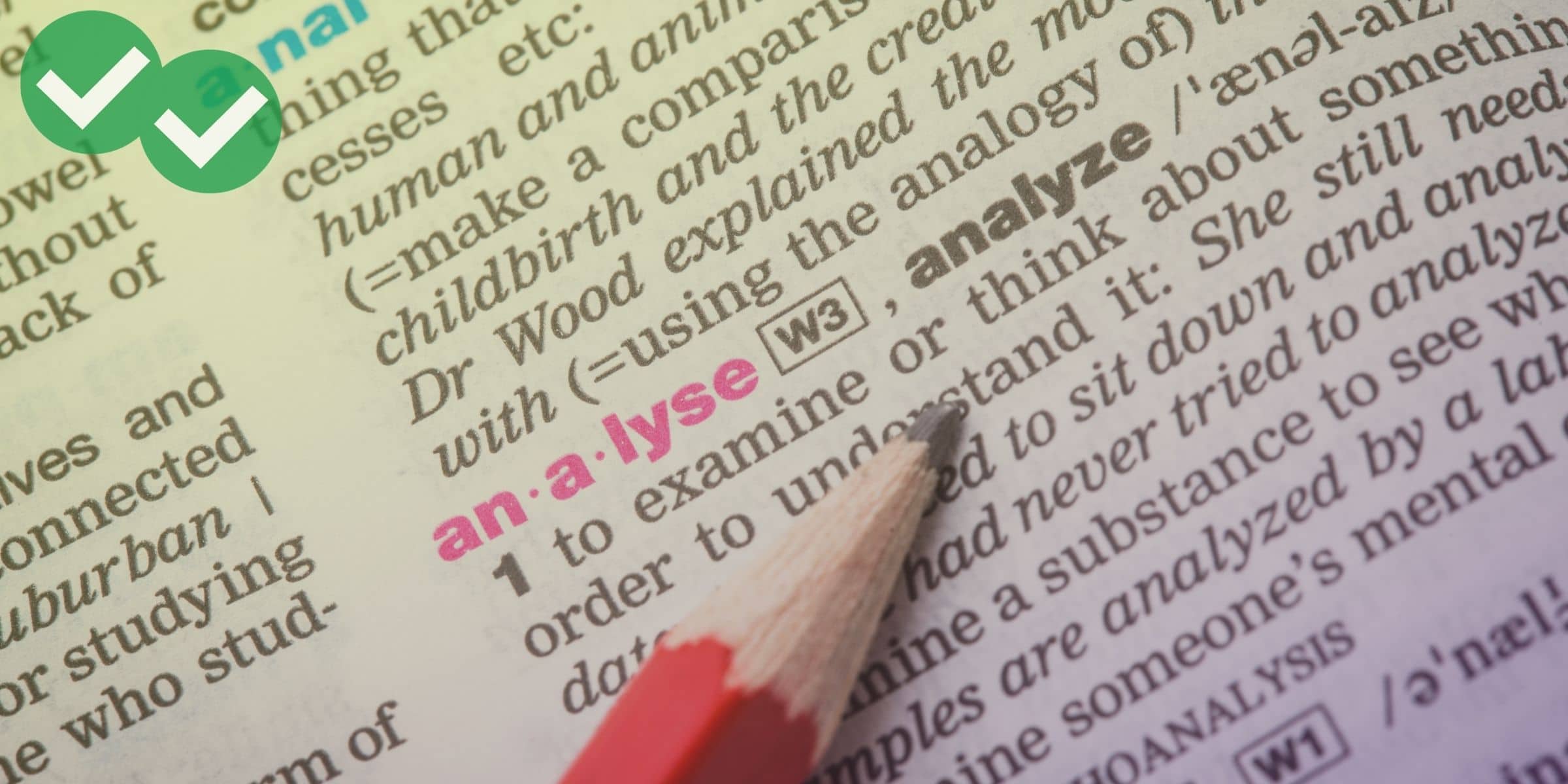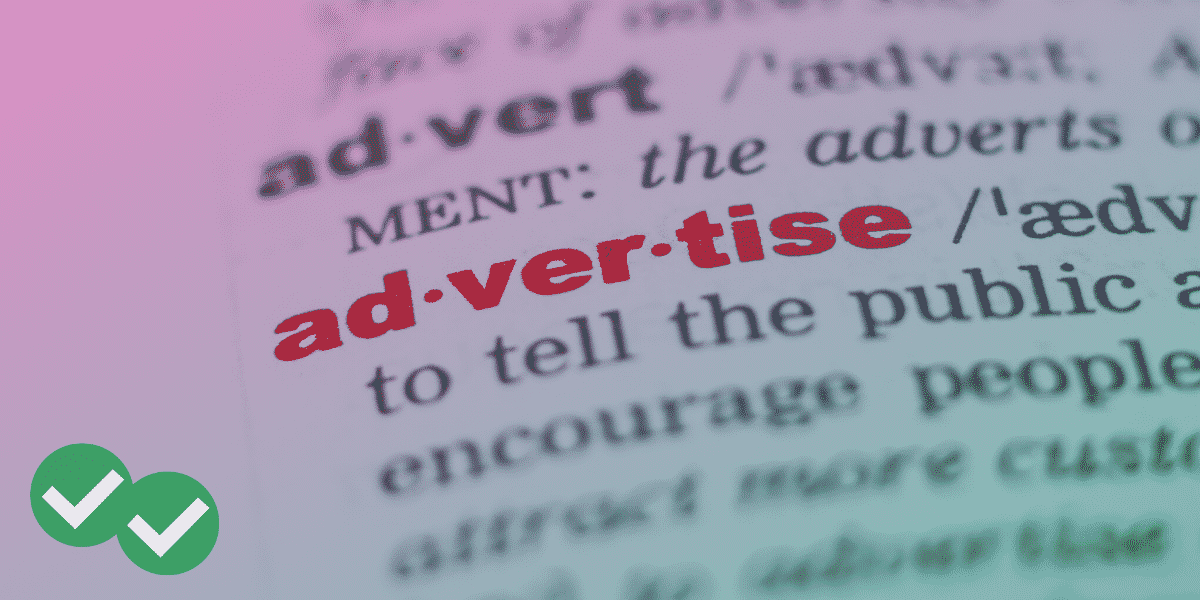Improving your vocabulary is hugely important in studying the TOEFL because it can help your score in every section of the test. A wide vocabulary will help you understand advanced, academic texts and lecture as well more conversational recordings in the listening and speaking sections—plus, if you really learn how to use a new word, you can show it in your spoken answers and essays!
Flashcards are a key part of learning vocabulary, but they’re only helpful if they’re used well. When misused, they can be a waste of time. Let’s go through the best tips to make sure your flashcards are useful in your TOEFL preparation.
1. Mix Your Practice
Flashcards alone will not really grow your vocabulary. They will teach you definitions of new words—and if they’re good, they will give you examples to learn the usage, too—but they won’t teach you to use the words comfortably and correctly in conversation or writing. For that, you need to see the words used in many contexts, which means reading and listening to native English often. It also means trying to use the new words yourself, which can help your memory.
The more you mix types English practice with your studies, the better!
2. Space Your Repetition
If you study a word one day until you “learned” it, then never return to the word, you didn’t really learn it. In order to remember and be able to use a word, you need to see it again and again. Reading often can help with that, but it’s not reliable—there is always a possibility you won’t see the words you’ve studied recently. So the best way get repetition is to do it with flashcards! Return to new words a few hours after you first learn them, then again a few days later, and again a few days after that, then again weeks after. The more times you have seen a word, the less often you need to review it. But you should regularly return to words you have already mastered.
3. Study Context
As I mentioned in the first point, definitions alone are not enough! You need to learn how the words are used. The simplest way to do this is to use flashcards with example sentences under the definitions. Good examples come not from your own head, but from text written by a native English speaker. That way, you know the word is combined with other words that are natural, used correctly.
4. Study the Right Words
Many “TOEFL vocabulary” lists have words that will never be on a TOEFL because they are created by people who don’t know the test very well. The best free flashcard resource I know of is our own TOEFL flashcard app. Magoosh TOEFL flashcards include 600 of the most important TOEFL words, including many advanced words you may not know yet. Words have example sentences for context, a pronunciation button to hear it spoken, and clear definitions written specifically for non-native speakers. The flashcard app also spaces your repetition automatically. The better you know a word, the less often you will see it, whereas new words will appear often.
You can download the app from Google Play or from the Apple App Store.






Leave a Reply